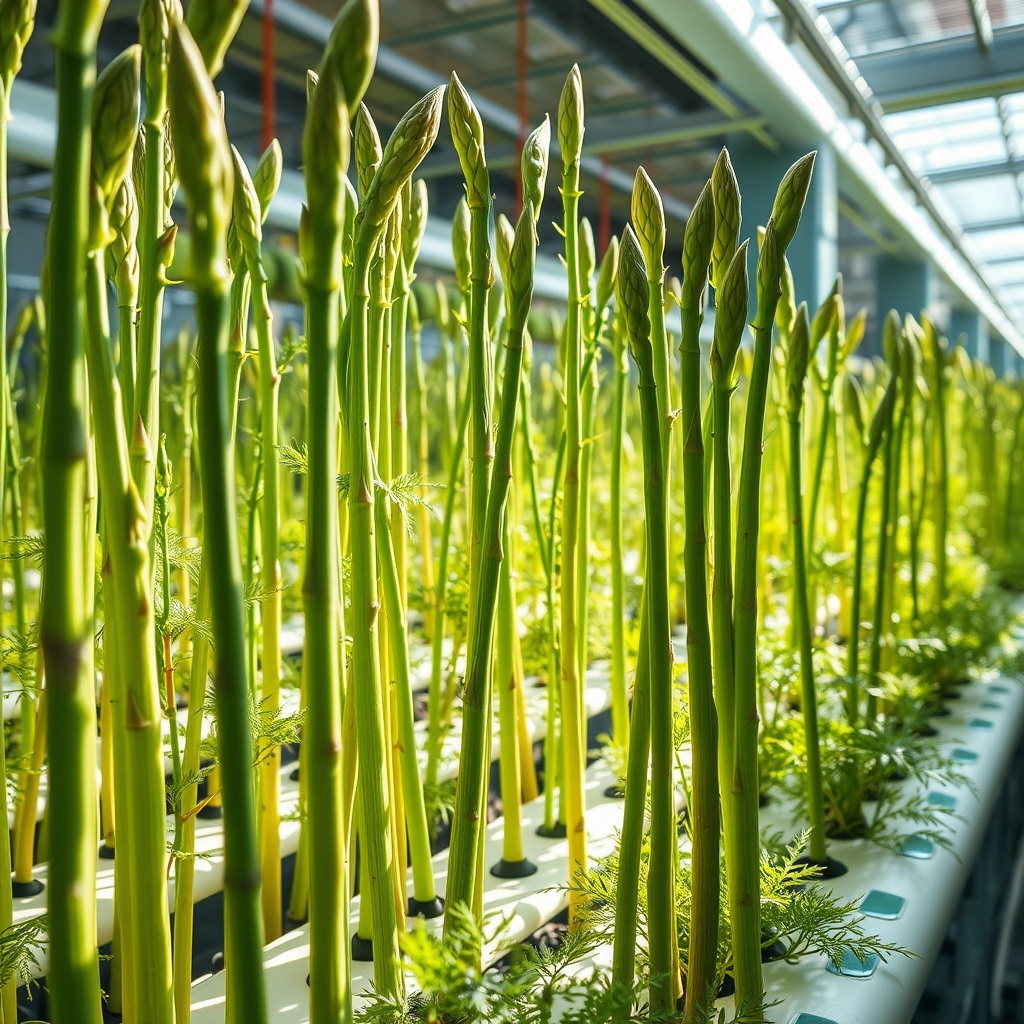Asparagus, known for its delicate flavor and nutritional benefits, is often viewed as a gourmet vegetable. However, for hydroponic gardeners, this perennial delight offers more than just culinary appeal; it represents a lucrative and sustainable long-term investment. While the initial stages of growing asparagus can be challenging, the rewards are plentiful for those willing to wait. Let’s delve into why asparagus is a fantastic choice for patient hydroponic gardeners.
Understanding the Asparagus Lifecycle

Growing asparagus is unlike most traditional crops, as it requires a significant amount of patience and care. This vegetable is a perennial, meaning once established, it can produce spears for 15 years or more, making it a wise choice for long-term cultivation. Understanding its lifecycle can help gardeners optimize their hydroponic systems to support healthy growth. Asparagus typically takes about 3 years after planting to reach full production, but the long-term benefits far outweigh this initial investment.
Challenges and Rewards of Growing Asparagus Hydroponically

While asparagus may be a long-term commitment, the challenges associated with growing it hydroponically can be managed with the right techniques and knowledge. Hydroponics allows for precise control over nutrient delivery, which can lead to higher yields and better quality spears compared to traditional soil growing. However, it’s important to consider factors such as pH balance, nutrient concentrations, and light requirements. Below is a comparison of the key aspects of growing asparagus hydroponically versus in soil:
- Growth Rate: Hydroponically grown asparagus may establish faster in the early stages due to optimal nutrient availability.
- Yield: Hydroponic systems can produce higher yields if managed correctly.
- Pest Control: Hydroponics can reduce the likelihood of soil-borne pests and diseases.
- Investment: Initial setup costs are typically higher for hydroponics, but long-term returns can be greater.
Harvesting and Enjoying Your Asparagus Bounty
Once your hydroponic asparagus garden is established, the real fun begins! Harvesting asparagus is an art that requires timing and technique. The spears should be cut when they are 6-8 inches tall and before the tips start to open. This ensures that you’re getting the tender, flavorful shoots that make asparagus a culinary favorite. Not only can you enjoy fresh asparagus in your meals, but you can also explore preservation methods like blanching and freezing to savor your harvest year-round. The satisfaction of growing your own food can be incredibly rewarding, especially when it’s as delicious as homegrown asparagus.




